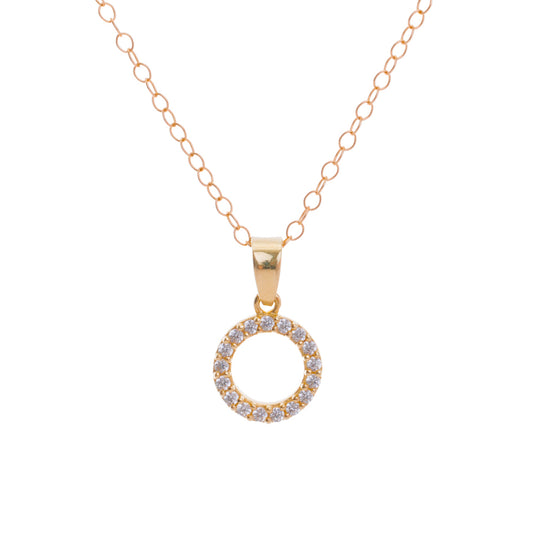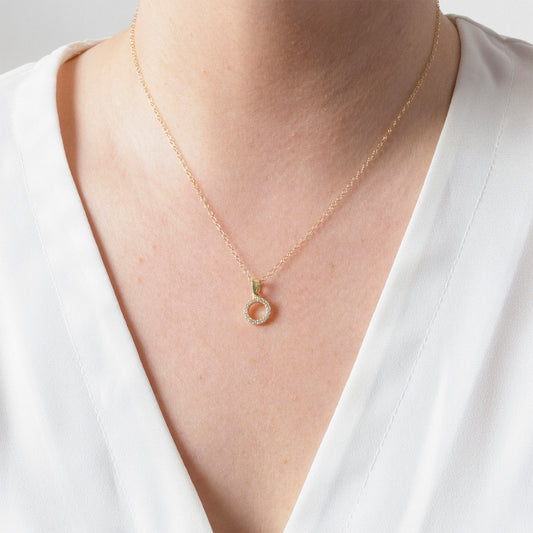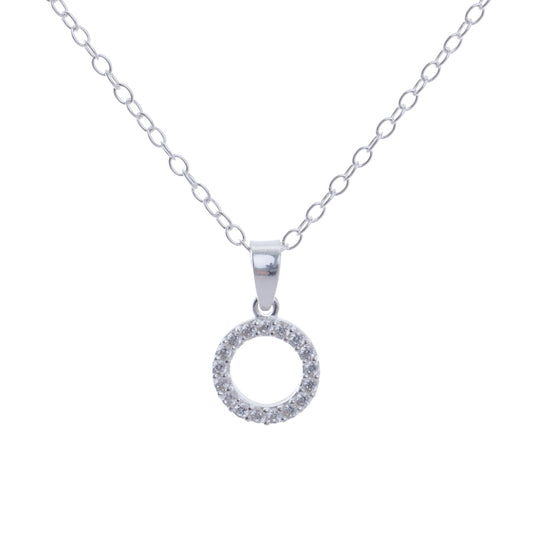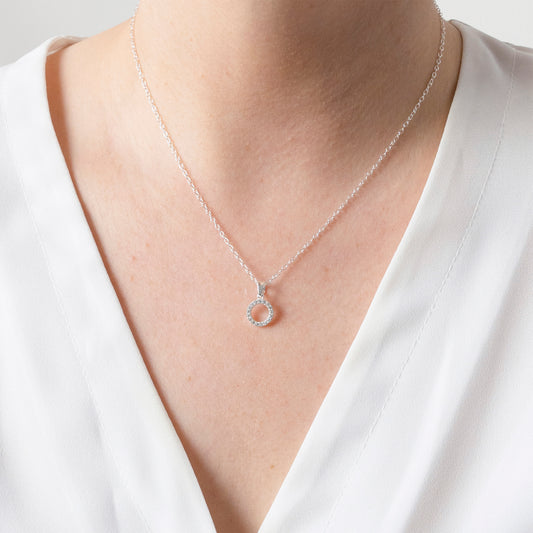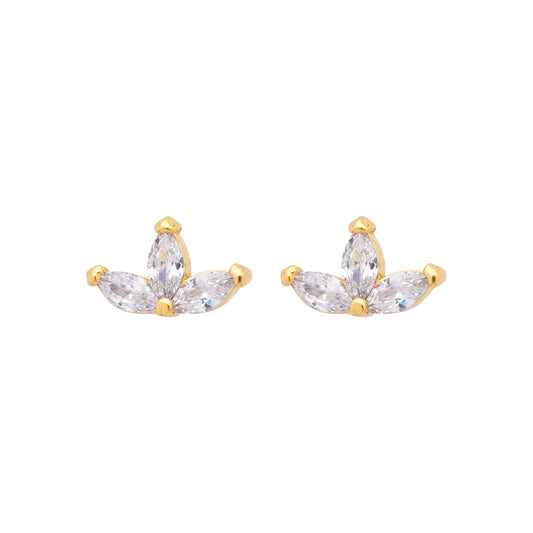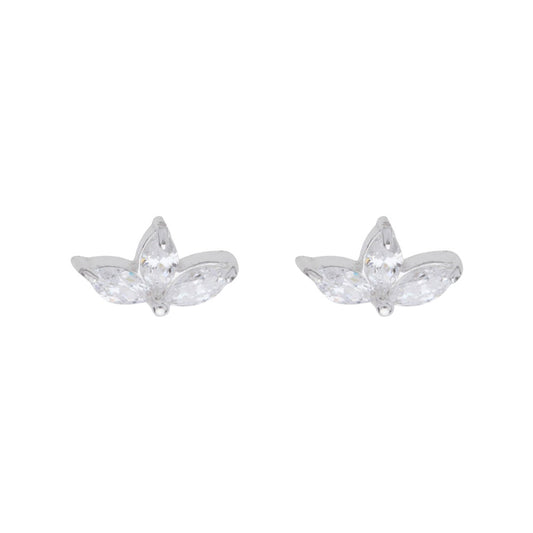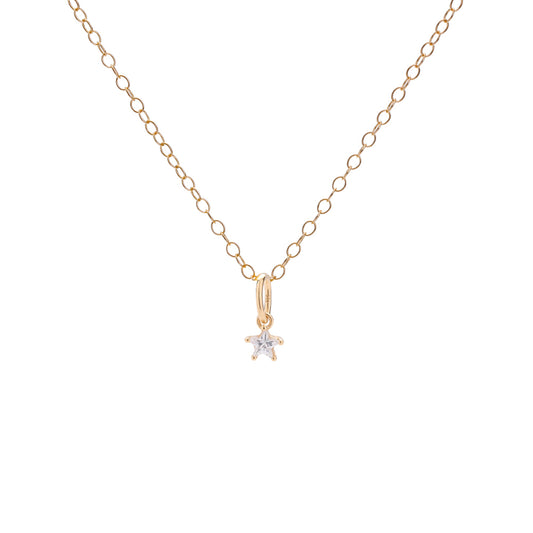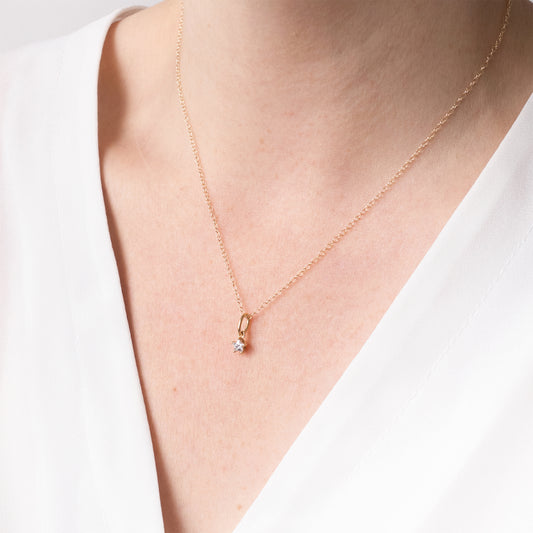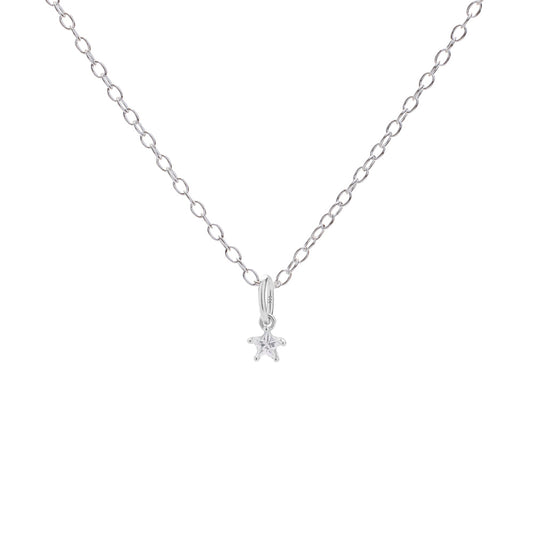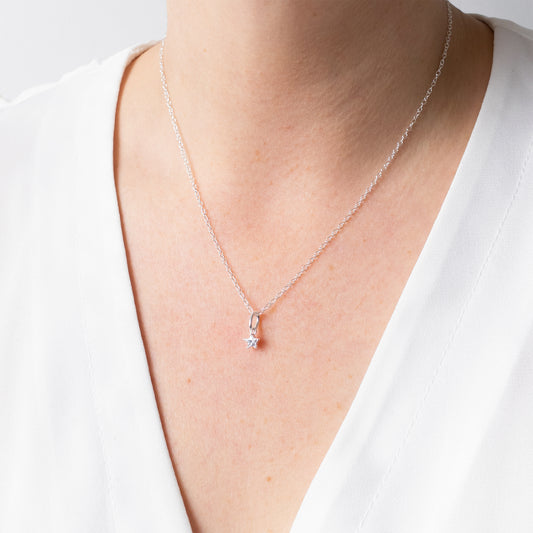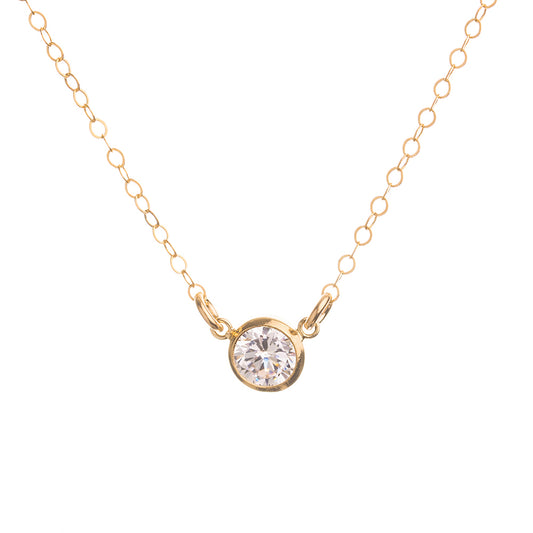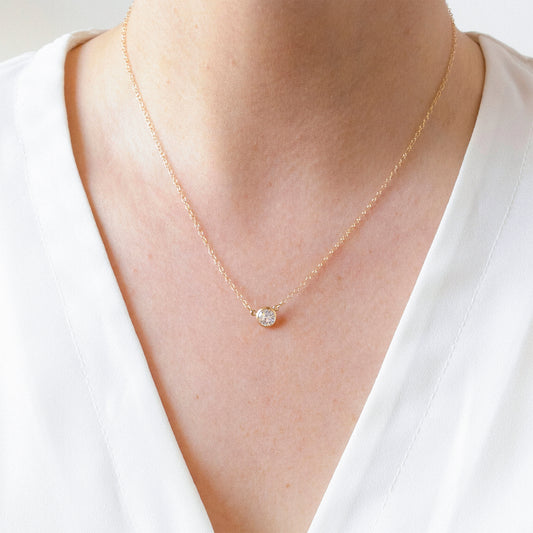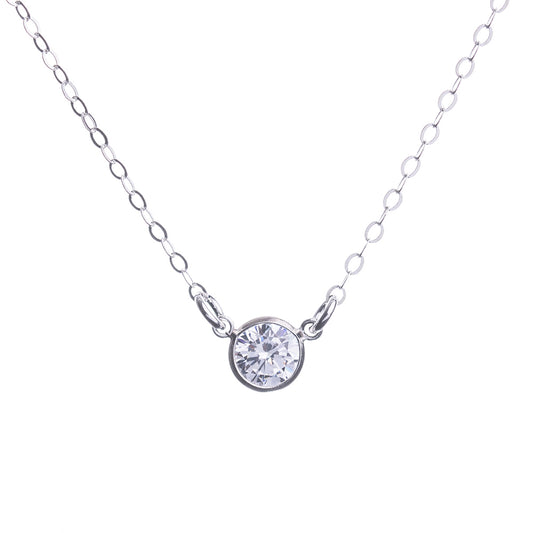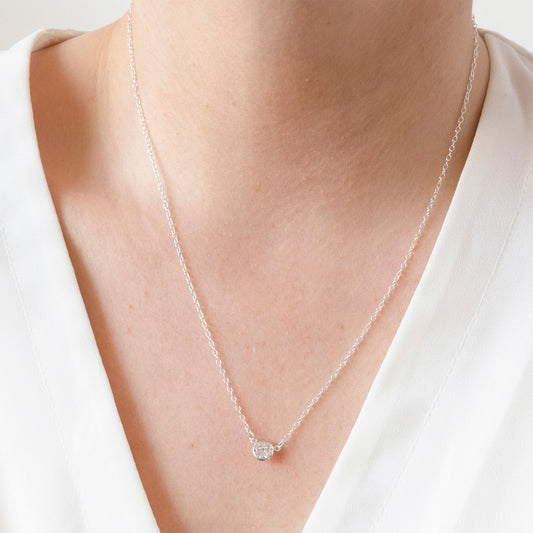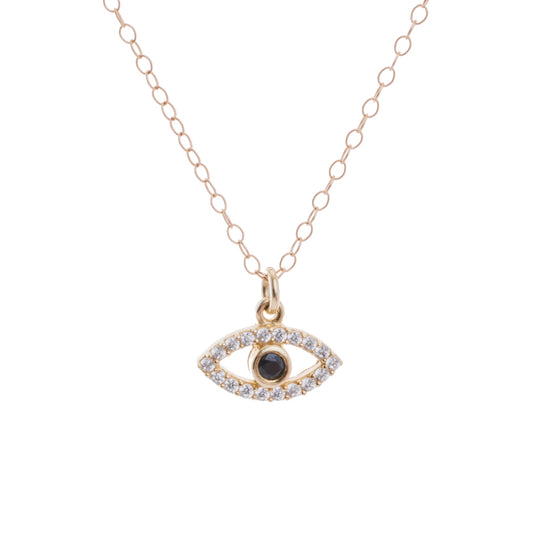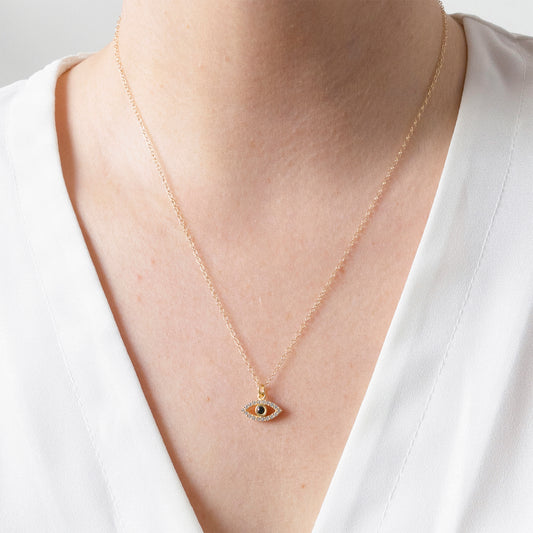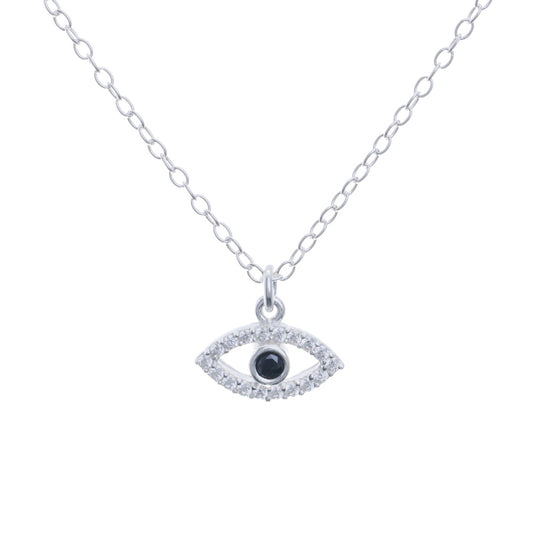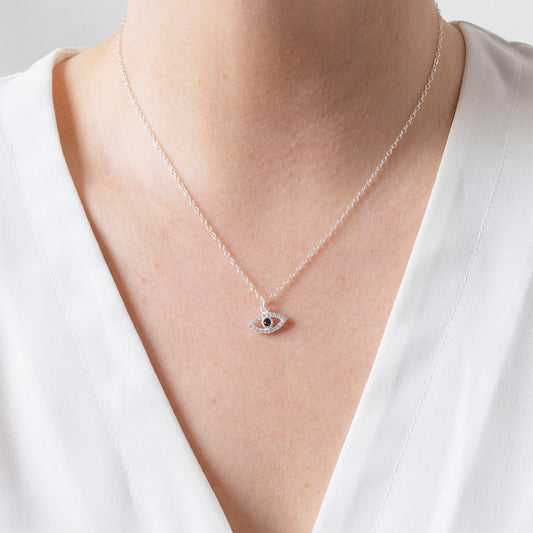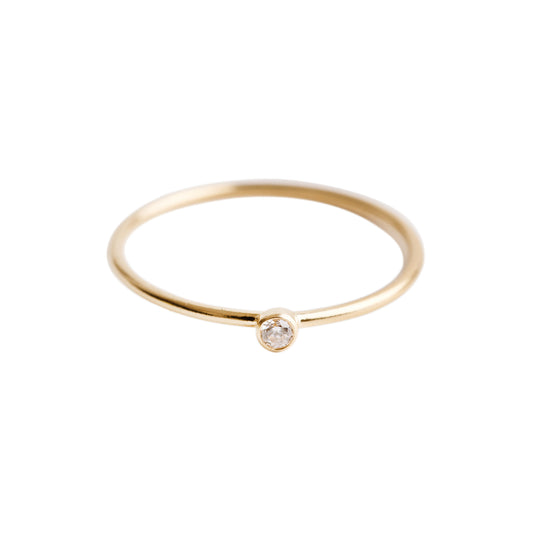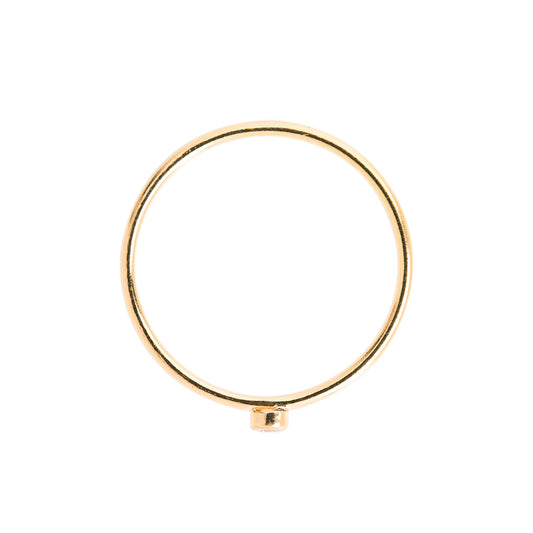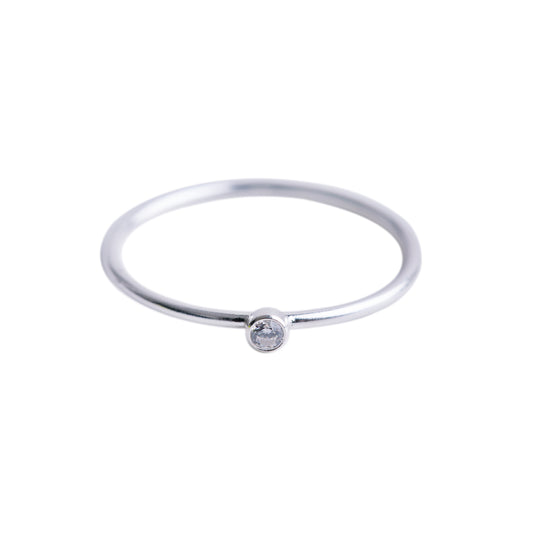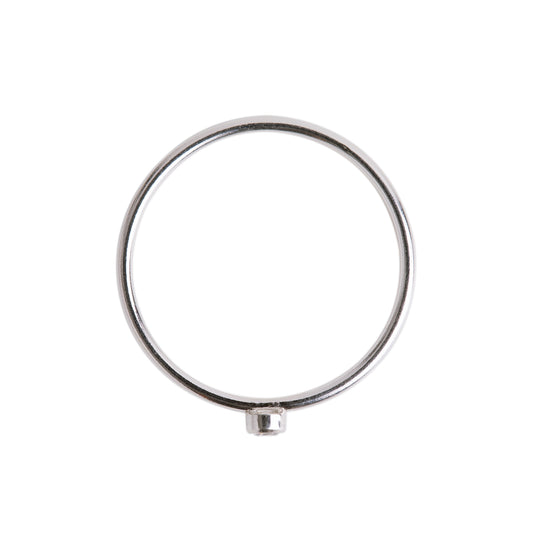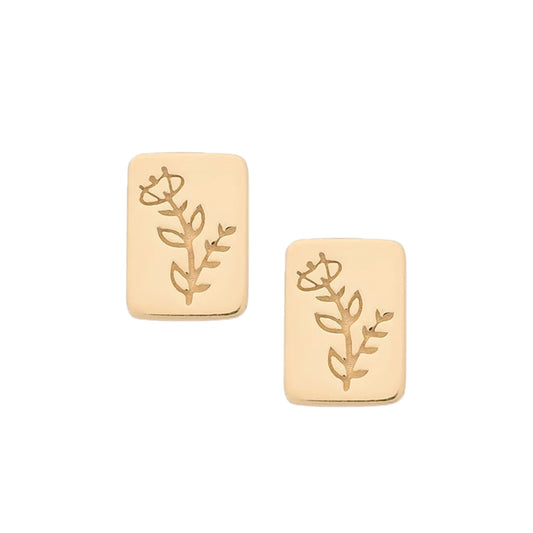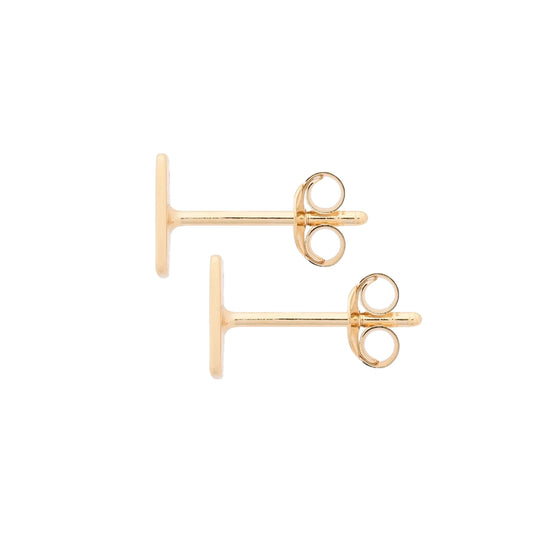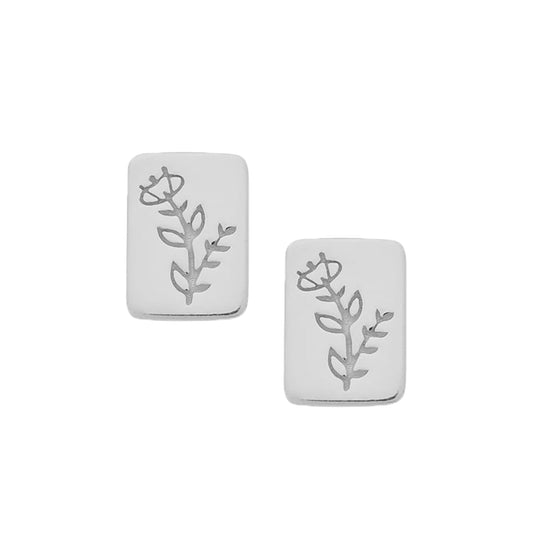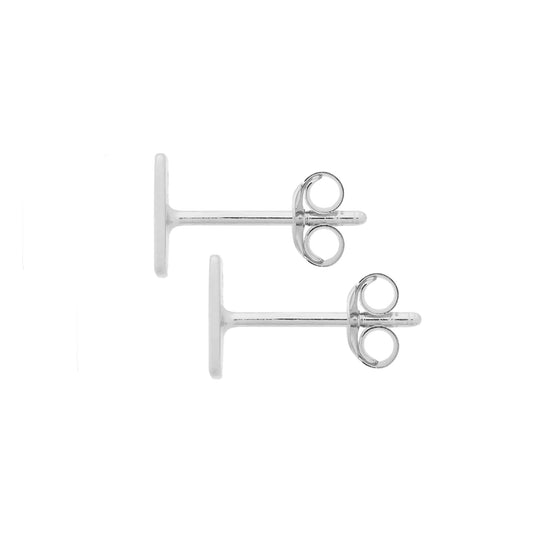Collection: Cubic Zirconia Jewellery
Explore sustainable cubic zirconia jewellery, handmade in small batches from recycled metals and ethical stones. Each piece is thoughtfully packaged using eco-friendly materials, ensuring your purchase contributes leaves a positive impact on the planet.
-
Gold Cubic Zirconia Circle Necklace
Regular price £27.00Regular price£36.00Sale price £27.00Sale -
Silver Cubic Zirconia Circle Necklace
Regular price £21.00Regular price£28.00Sale price £21.00Sale -
Gold Cubic Zirconia Leaf Stud Earrings
Regular price £25.00Regular price -
Silver Cubic Zirconia Leaf Stud Earrings
Regular price £22.00Regular price -
Gold Cubic Zirconia Star Necklace
Regular price £33.00Regular price -
Silver Cubic Zirconia Star Necklace
Regular price £31.00Regular price -
Gold Cubic Zirconia April Birthstone Necklace
Regular price £23.00Regular price£33.00Sale price £23.00Sale -
Silver Cubic Zirconia April Birthstone Necklace
Regular price £23.40Regular price£26.00Sale price £23.40Sale -
Gold Cubic Zirconia Evil Eye Necklace
Regular price £27.00Regular price£36.00Sale price £27.00Sale -
Silver Cubic Zirconia Evil Eye Necklace
Regular price £21.00Regular price£28.00Sale price £21.00Sale -
Gold Cubic Zirconia Stacking Ring
Regular price £23.00Regular price -
Silver Cubic Zirconia Stacking Ring
Regular price £18.00Regular price -
Gold Flower Embossed Ear Studs
Regular price £25.00Regular price -
Silver Flower Embossed Ear Studs
Regular price £25.00Regular price

